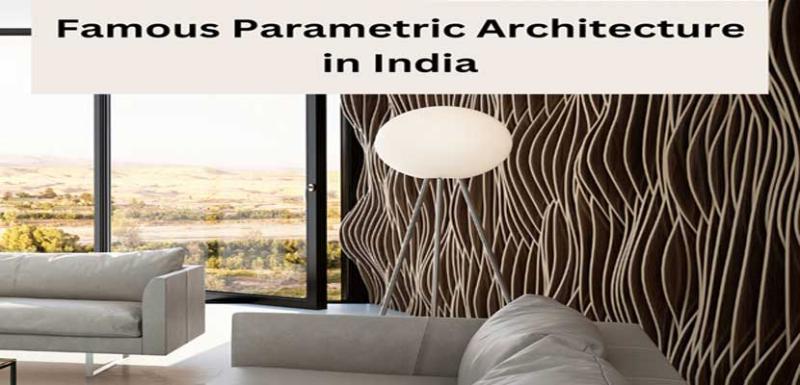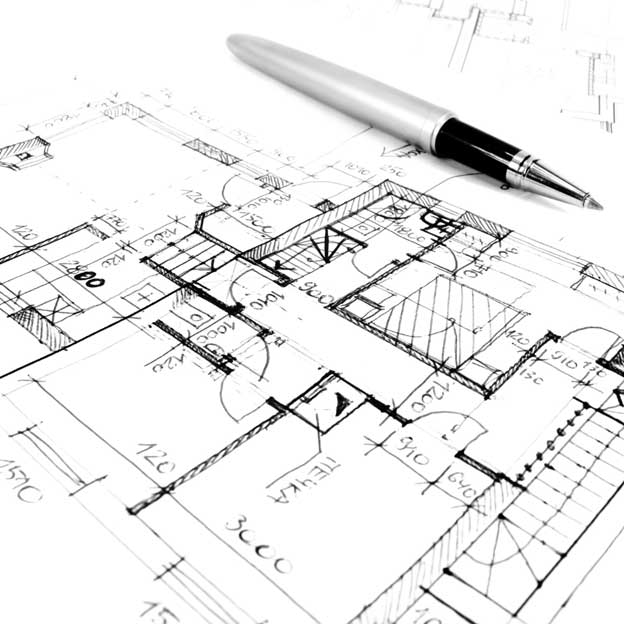
Famous Parametric Architecture in India
India’s architectural landscape in mumbai has witnessed a remarkable evolution over the centuries, embracing diverse styles and influences. In recent years, a new wave of architectural design known as parametric architecture has gained significant popularity in the country. This blog post aims to provide an introduction to parametric architecture in India, exploring its origins, defining characteristics, and notable examples.
Understanding Parametric Architecture:
Parametric architecture is an innovative approach to design that utilizes computational algorithms and mathematical parameters to generate complex, organic, and dynamic architectural forms. It enables architects to create intricate structures that were previously unimaginable with traditional design methods. This design philosophy emphasizes flexibility, customization, and the integration of digital tools in the design process in mumbai.
Origins and Influences:
Parametric architecture traces its origins to the fields of mathematics, computer science, and engineering. Pioneers like Frei Otto, Zaha Hadid, and Frank Gehry played crucial roles in advancing this architectural style. The integration of digital design tools, such as computer-aided design (CAD) software and parametric modeling software, has been instrumental in realizing the possibilities of parametric architecture
Characteristics of Parametric Architecture:

Complexity and Curvature:
Parametric architecture is characterized by complex and curvilinear forms that defy traditional rectilinear geometries. These fluid and dynamic designs often mimic natural shapes and patterns, creating visually striking and harmonious structures.
Customization and Adaptability:
One of the key advantages of parametric design is its ability to respond to specific contextual factors and project requirements. It allows architects to customize designs based on parameters such as site conditions, environmental factors, user preferences, and functional needs.
Integration of Technology:
Parametric architecture heavily relies on advanced digital tools and technologies. Architects use parametric modeling software to create and manipulate complex geometries, optimize structural systems, and simulate environmental performance. This integration of technology enables precise control over design iterations and enhances overall project efficiency.
Sustainable Design:
Parametric architecture has the potential to facilitate sustainable design practices. The ability to optimize forms and systems based on performance data allows architects to create energy-efficient buildings, maximize daylighting, minimize material waste, and enhance thermal comfort.
Notable Examples in India:
The Lotus Temple, Delhi:
Designed by Fariborz Sahba, this iconic structure features 27 marble-clad “petals” that form the shape of a lotus flower. Its parametric design in mumbai allows for optimal natural lighting and efficient ventilation.
Indian School of Business, Hyderabad:
Designed by Perkins+Will, this academic campus showcases parametrically designed facades that provide shading while allowing ample natural light. The design reduces solar heat gain, enhancing energy efficiency.
Ahmedabad Airport, Gujarat:
The new terminal of the Ahmedabad Airport, designed by HOK, embraces parametric architecture with its undulating roof structure. The design optimizes natural light and minimizes heat gain, creating a visually captivating space.
Indira Gandhi International Convention Centre, New Delhi:
Designed by Rod Sheard of Populous, this convention center boasts a parametrically designed facade that mimics traditional Indian jali work. The design facilitates natural ventilation and diffuses daylight.

Conclusion:
Parametric architecture College In Mumbai is pushing the boundaries of design in India, allowing architects to create awe-inspiring structures that combine aesthetics, functionality, and sustainability. As this design approach continues to gain prominence, it opens up new possibilities for architectural expression and paves the way for a future where digital technologies and computational design play a central role in shaping our built environment.


Comments (4)
Eva Rodriguez
Vivamus laoreet. Nullam tincidunt adipiscing enim. Phasellus tempus. Proin viverra, ligula sit amet ultrices semper, ligula arcu tristique sapien, a accumsan nisi mauris ac eros.
Dominic Parker
Donec orci lectus, aliquam ut, faucibus non, euismod id, nulla. Curabitur blandit mollis lacus. Nam adipiscing. Vestibulum eu odio. Vivamus laoreet. Nullam tincidunt adipiscing enim. Phasellus tempus.
Eva Rodriguez
Nam adipiscing. Vestibulum eu odio. Vivamus laoreet. Nullam tincidunt adipiscing enim. Phasellus tempus.
Jonathan Bell
Donec orci lectus, aliquam ut, faucibus non, euismod id, nulla. Curabitur blandit mollis lacus. Nam adipiscing. Vestibulum eu odio. Vivamus laoreet. Nullam tincidunt adipiscing enim. Phasellus tempus. Proin viverra, ligula sit amet ultrices semper.